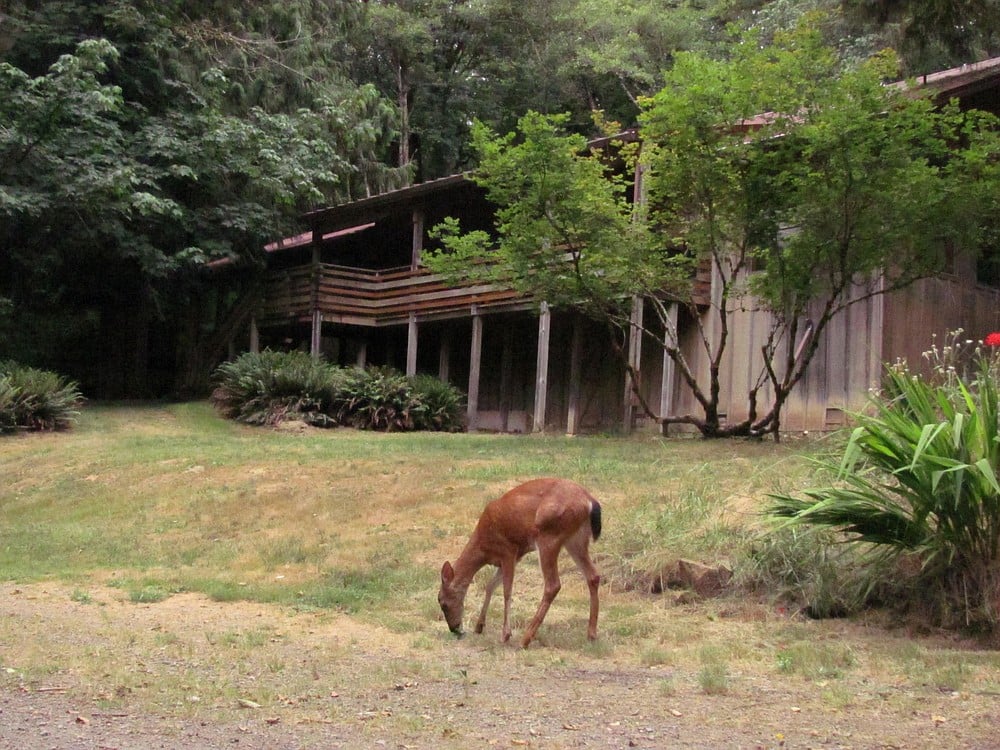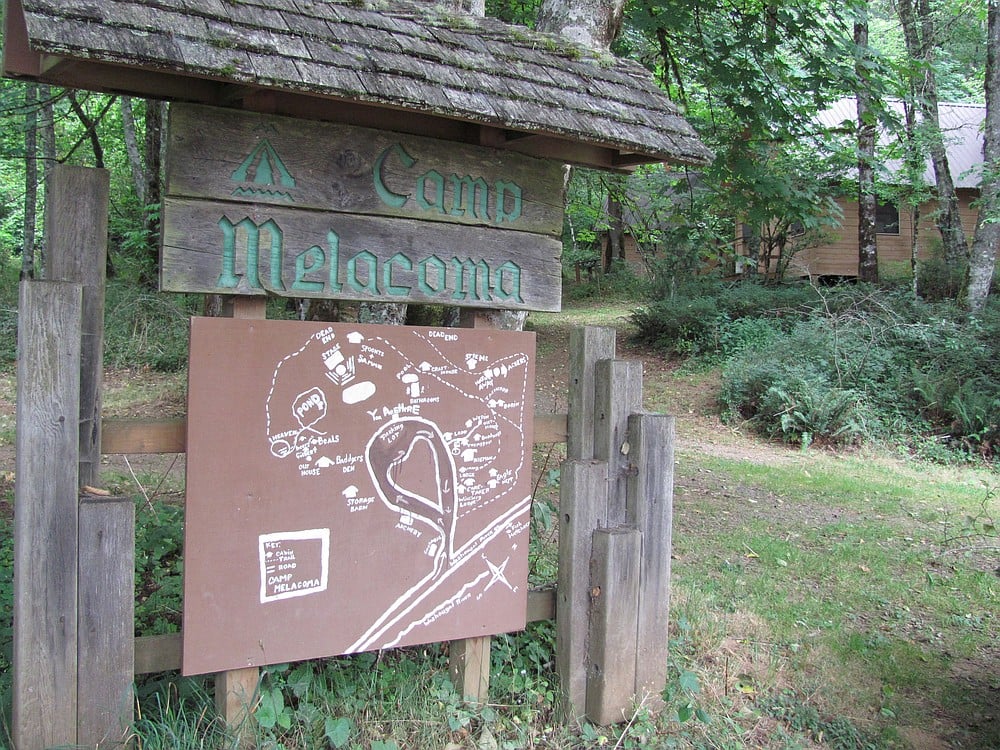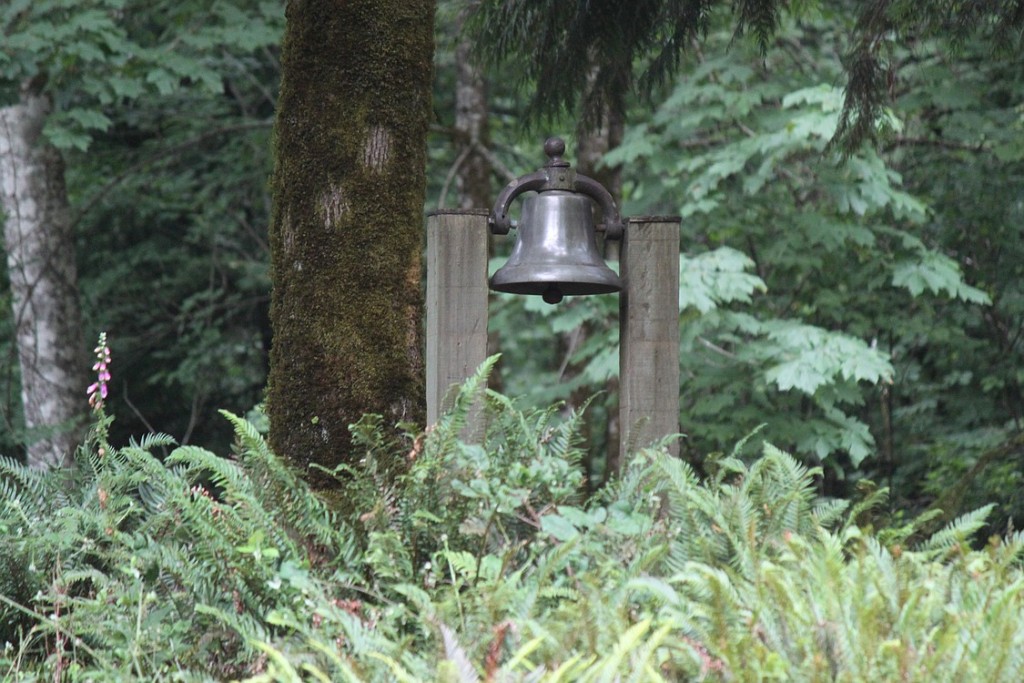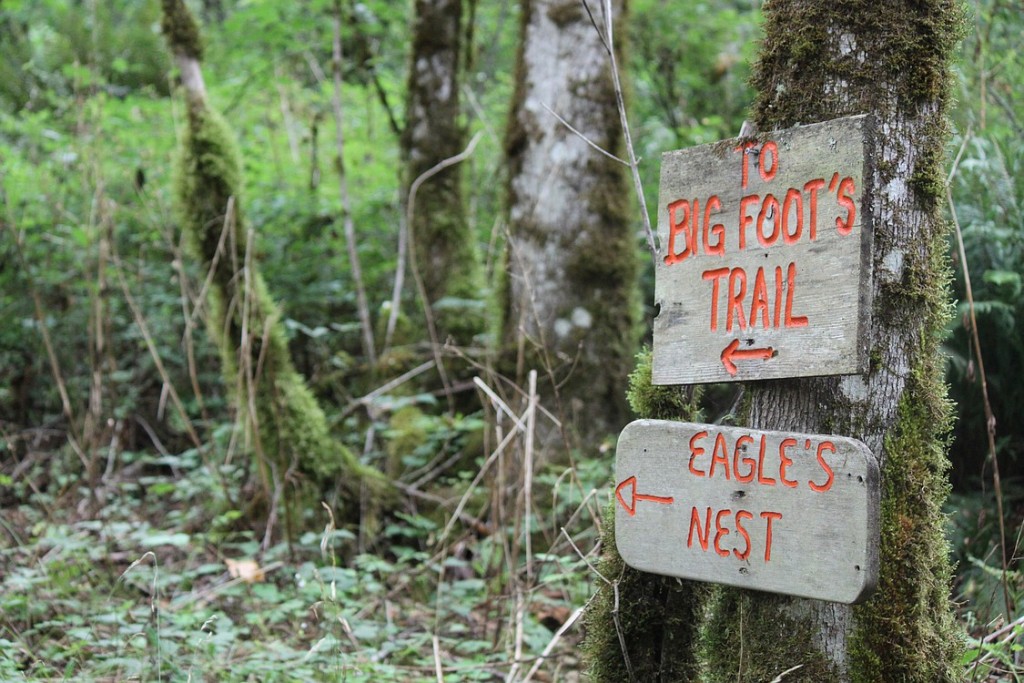Stepping onto the grounds at Camp Melacoma is a lot like stepping back in time.The 142-acre heavily wooded site is tucked away in the hills of Skamania County, 13 miles up Washougal River Road. It has been a kids’ camp since 1948, when Robert Wineberg deeded the first chunk of the property to the Camp Fire Cascade Council.
Over the years, it’s been a place where literally thousands of kids of all ages and backgrounds have converged to explore nature first hand, and get the quintessential summer camp experience.
Dodi Jensen, a longtime Washougal resident, became the camp’s on-site caretaker in 2008. Jensen was looking for a change of pace and was familiar with the property, having volunteered at the site before.
“I had fallen in love with the camp long before I ever came to work here,” she said.
During a recent tour of the property, it’s easy to tell she’s familiar with its every nook and cranny. Perched aboard a four-wheeler, Jensen pointed out some of the camp’s 17 wooden buildings, many of which are named after people who have been important in its history.








